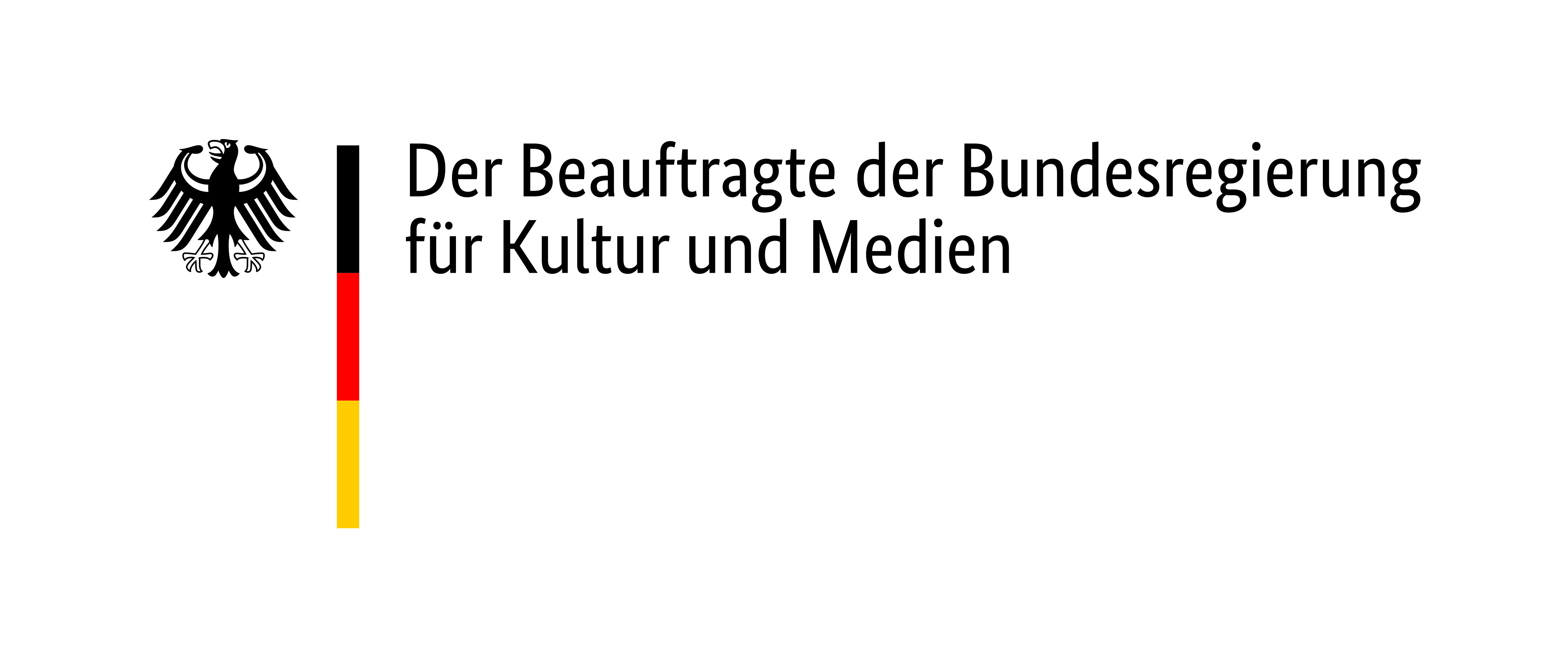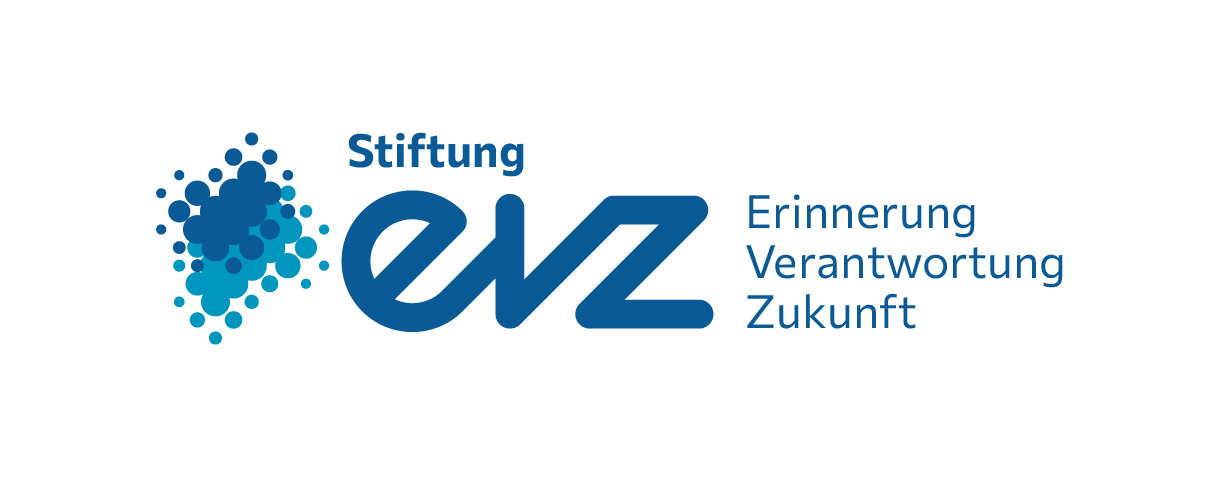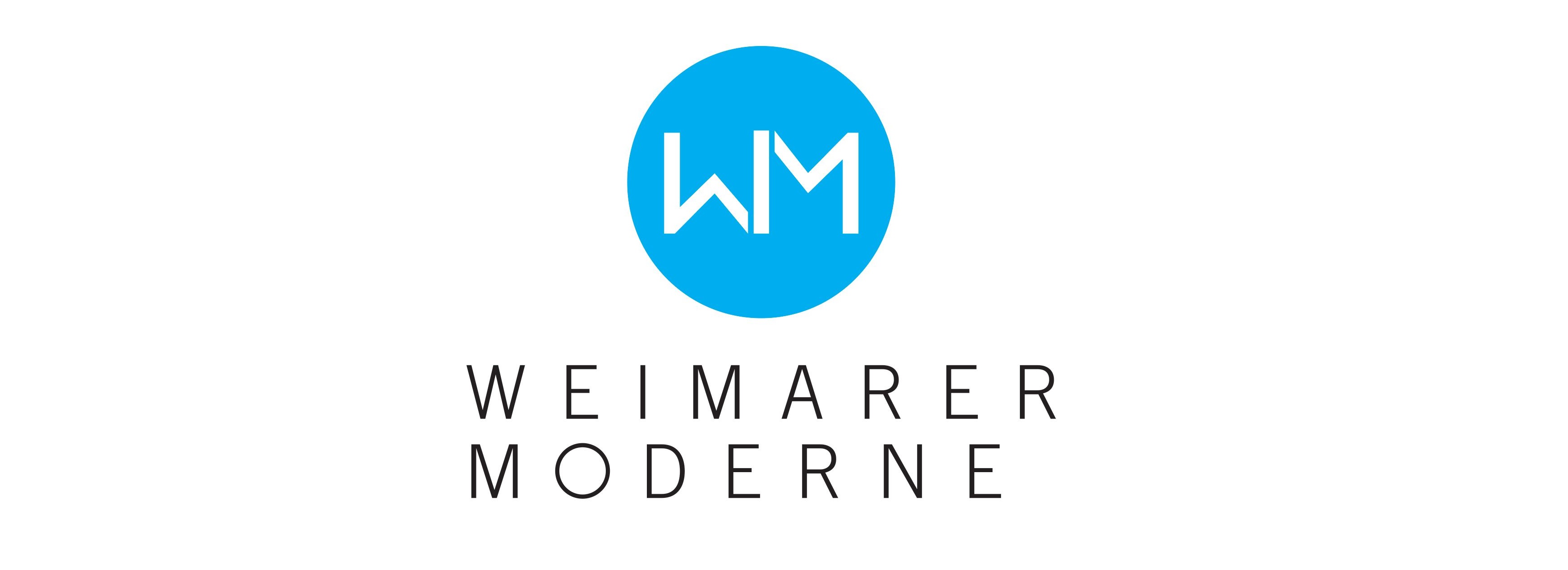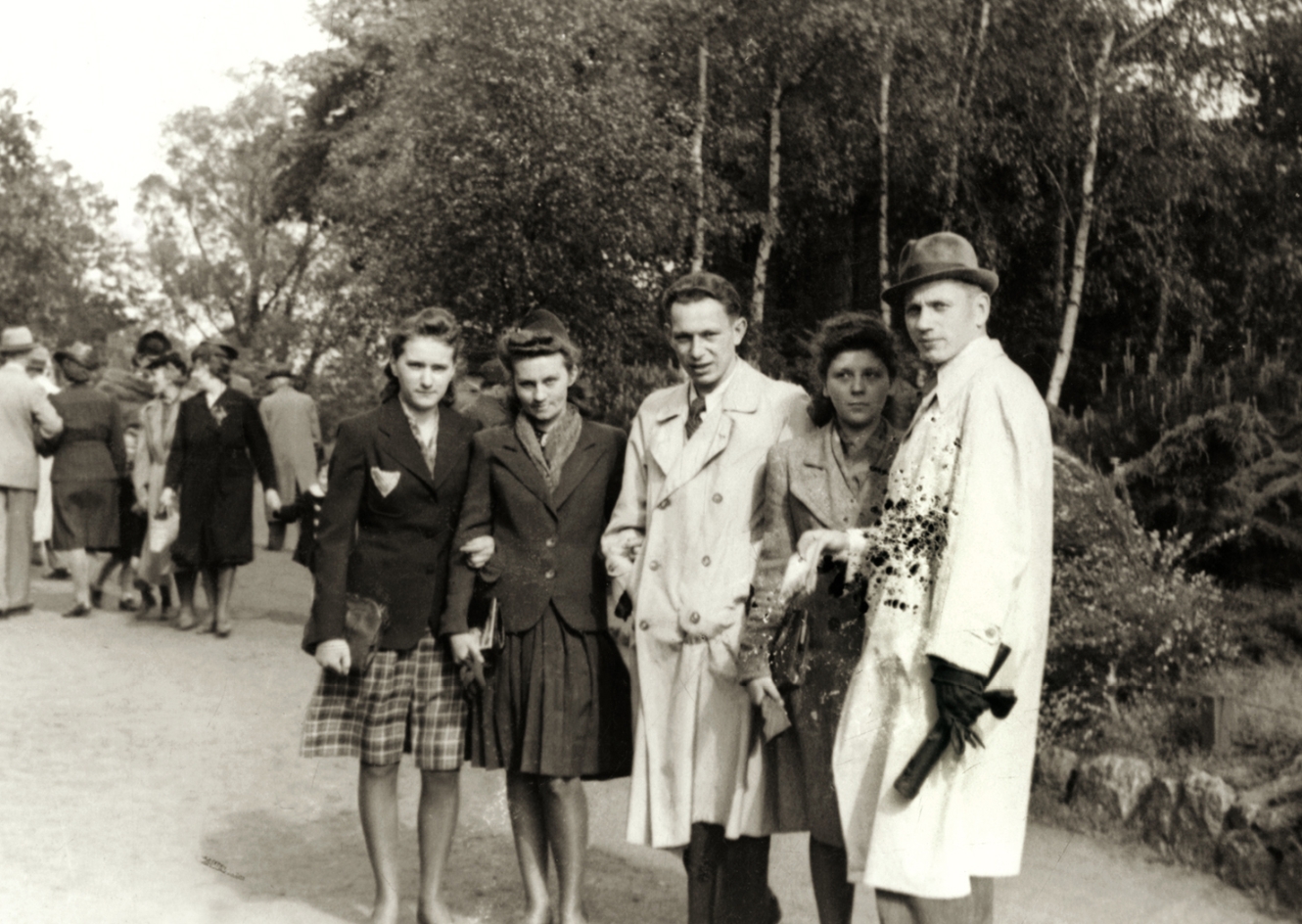
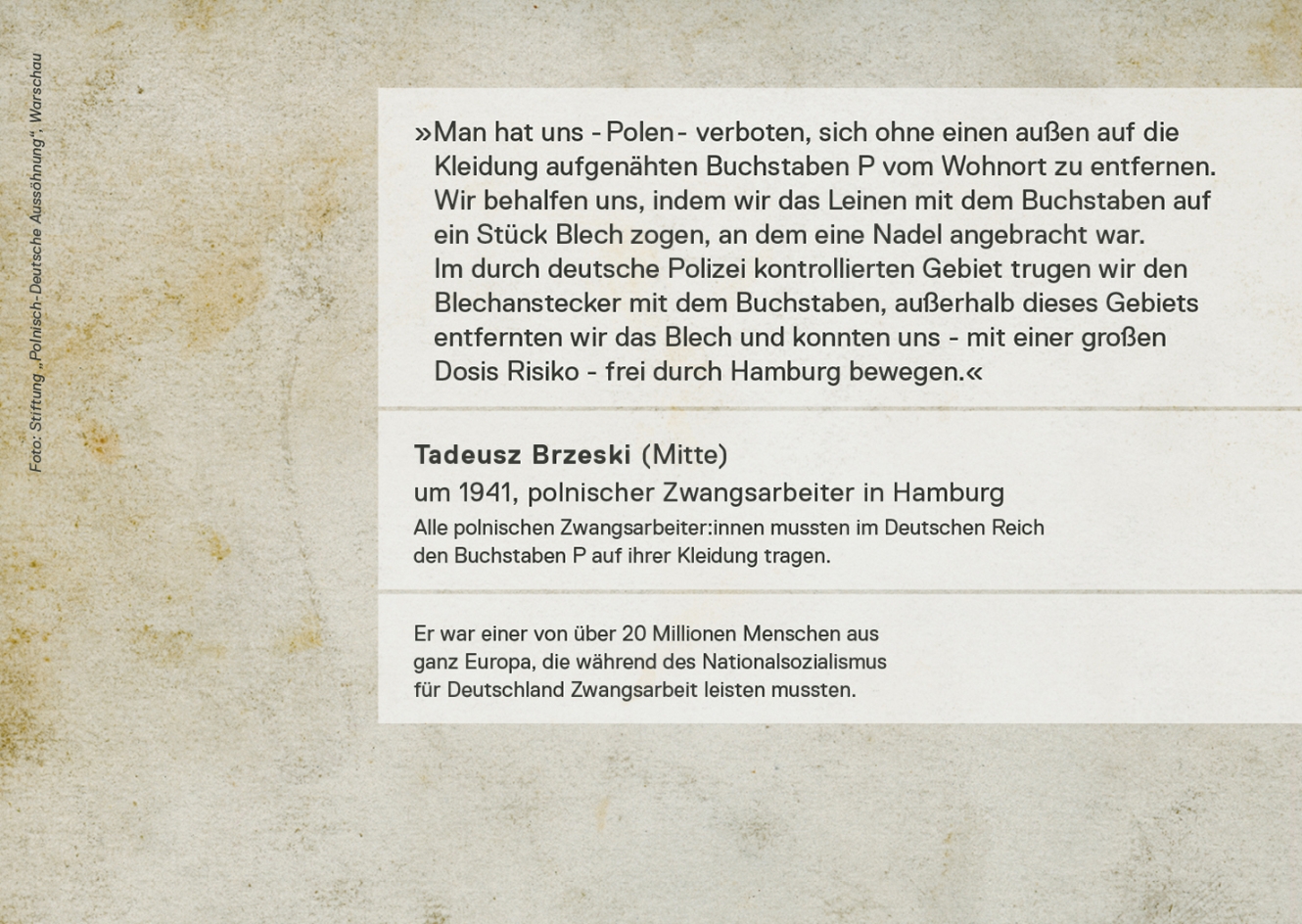
As he describes in his memoires, Tadeusz Brzeski and other friends who were Polish forced laborers walked through Hamburg without wearing the required insignia for Poles. Polish men and women were actually not allowed to leave the camp. During their illegal excursions they visited the Hagenbeck Zoo (where the photograph was probably taken) and the Hamburg neighbourhood of St. Pauli and swam in the Elbe. Once on their way back they were stopped by a policeman. “We pretended to be Silesians and thanks to my good German, he let us go,” remembers Tadeusz Brzeski, recalling this dangerous situation.
Tadeusz Brzeski arrived at the company Vereinigte Jute-Spinnereien und Webereien AG in Hamburg-Billstedt in 1940 at the age of 19. There he met a friend with whom he had played football at home. Together they organized a football team: “I don't remember where we got the ball, the sneakers, the shorts, and the tricots (with the letter P). The main thing was the fact that we had a couple of encounters, or matches, with Dutch and French who lived in another camp nearby. Great fun, lots of excitement.”
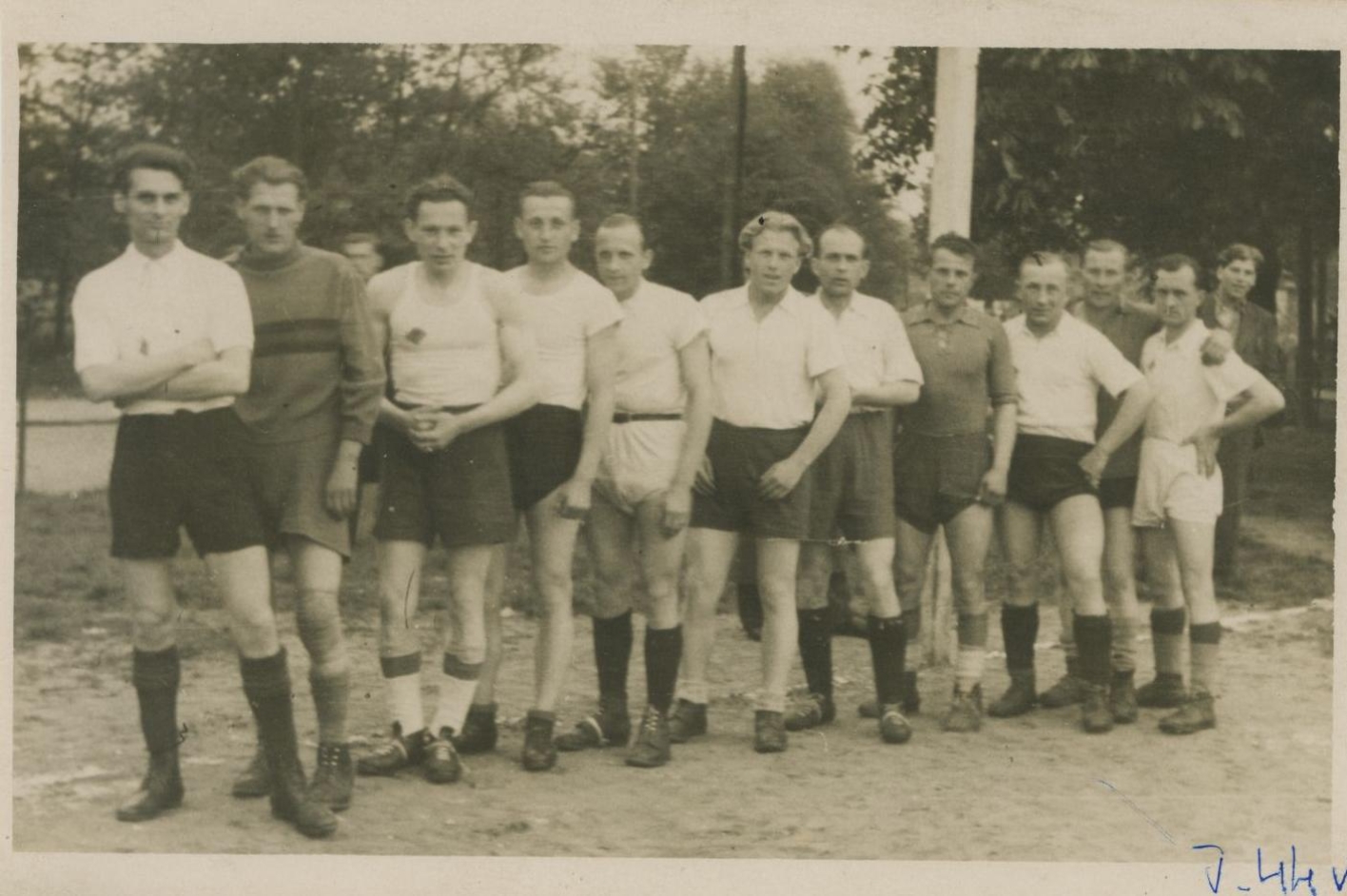
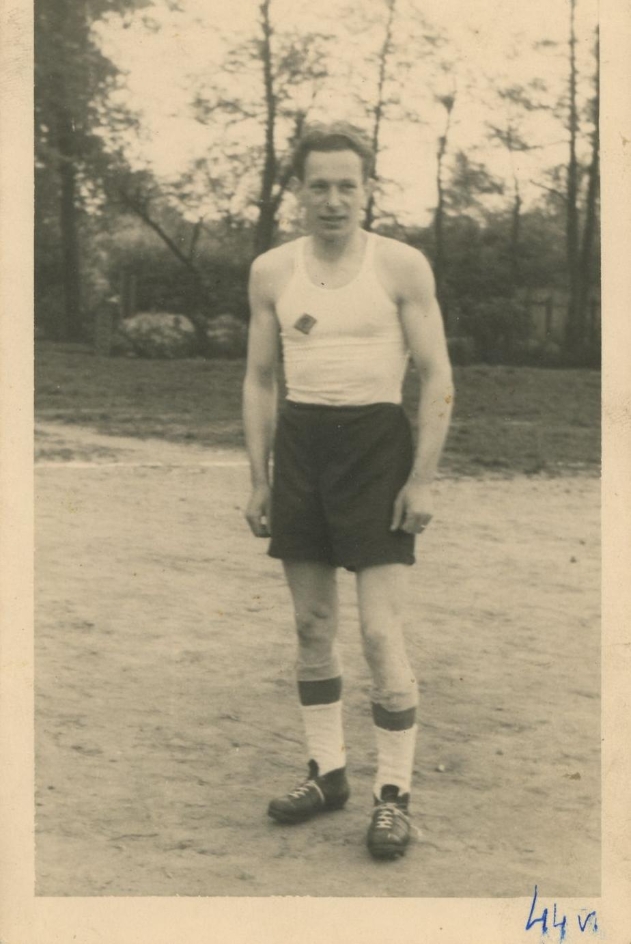
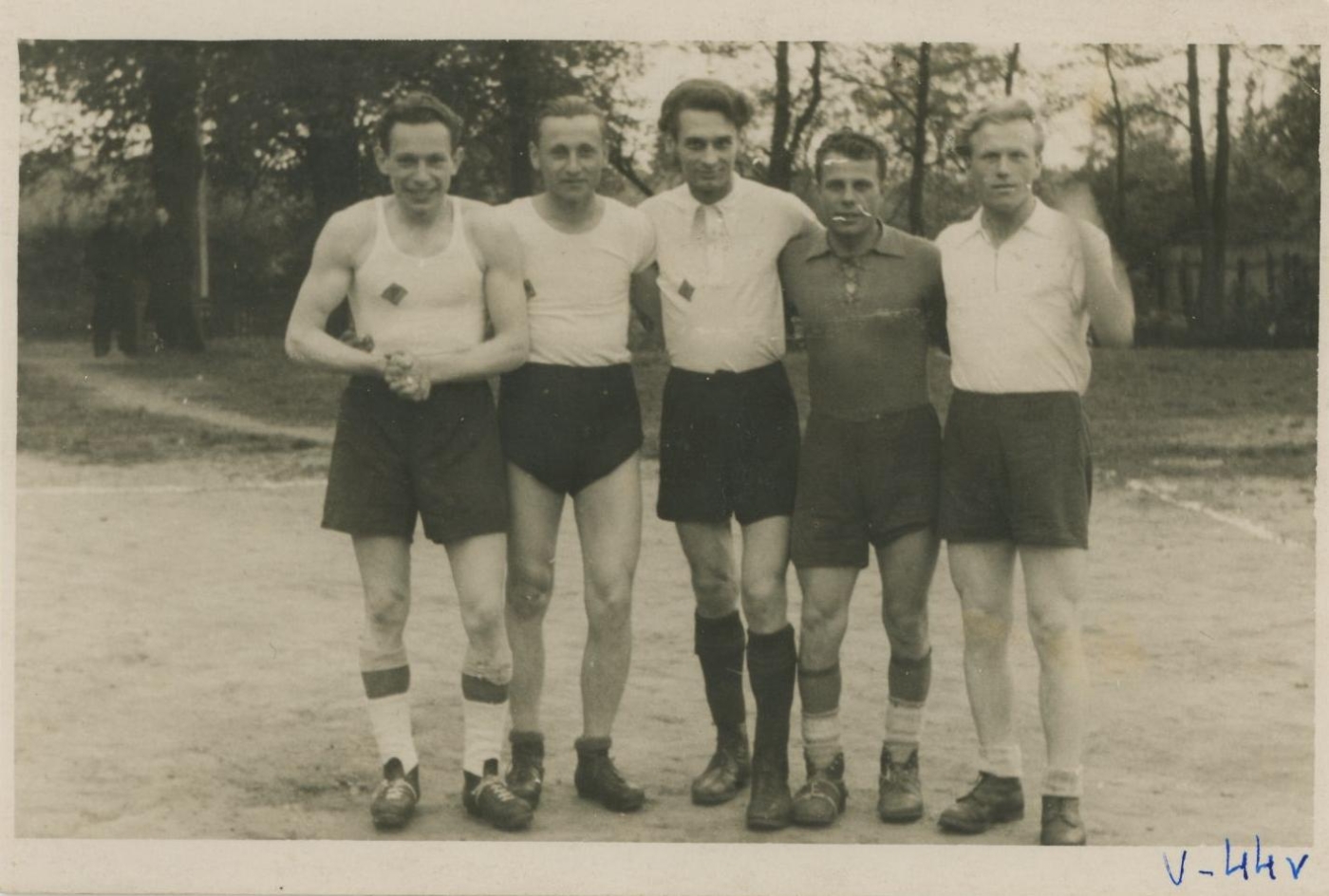
Another one of Tadeusz Brzeski’s friends had illegally brought a camera and film from Poland. In Hamburg they met a photographer, an “active resistance fighter”. In his studio they developed photos and listened to forbidden radio stations.
He was one of over 20 million people from all over Europe who had to perform forced labor for Germany under National Socialism.

